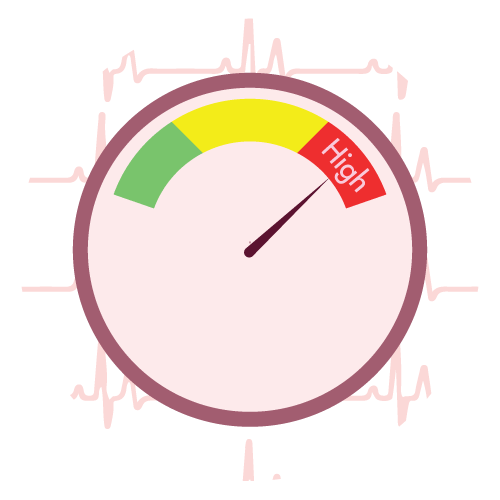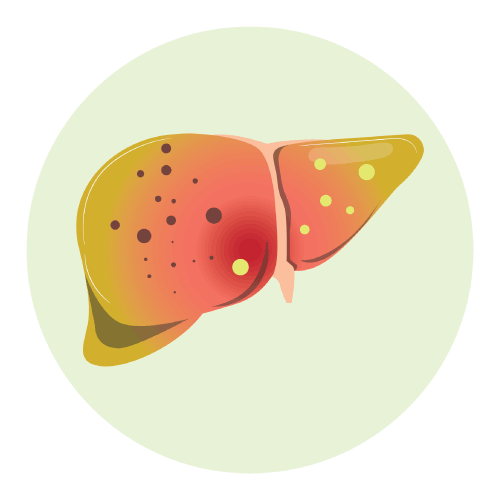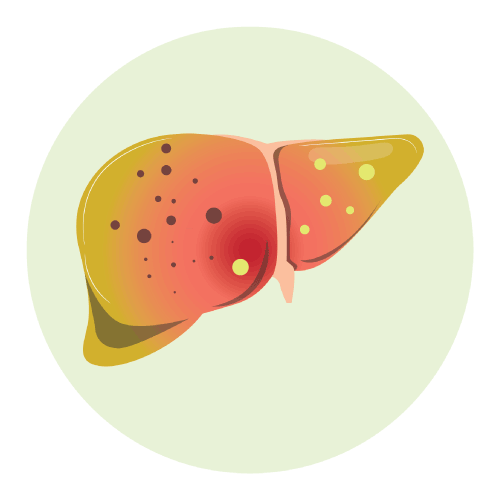| Name | Methyldopa |
| Classes |
Cardiovascular Agent Antihypertensive Centrally Acting Alpha Agonist |
| Diseases |
Cardiovascular Disease Hypertension (High Blood Pressure) |
Methyldopa
Methyldopa is an inhibitor of aromatic amino acid decarboxylase. Although the mechanism of action has yet to be proven, methyldopa's antihypertensive effect is most likely due to its metabolism to alpha-methyl norepinephrine, which then lowers arterial pressure by stimulating central inhibitory alpha-adrenergic receptors, false neurotransmission, and/or decreasing plasma renin activity. Methyldopa has been shown to cause a net decrease in serotonin, dopamine, norepinephrine, and epinephrine tissue concentrations.
Methyldopa is indicated for the treatment of Hypertension.
- In the first 48 hours, the usual starting dose of Methyldopa is 250 mg two or three times per day. The daily dosage can then be increased or decreased, preferably at two-day intervals, until an adequate response is achieved. To reduce sedation, begin increasing dosage in the evening. Morning hypotension can be avoided by adjusting the dosage without sacrificing control of the afternoon blood pressure.
- When methyldopa is given to patients who are already taking other antihypertensives, the doses of these medications may need to be adjusted to ensure a smooth transition. When Methyldopa is given with antihypertensives other than thiazides, the initial dosage of Methyldopa should be limited to 500 mg daily in divided doses; when Methyldopa is added to a thiazide, the dosage of thiazide need not be changed.
- Methyldopa is typically taken in two to four doses of 500 mg to 2 g per day. Although higher doses have been used in some cases, the maximum recommended daily dosage is 3 g. Most patients experience a smooth blood pressure response within 12 to 24 hours of achieving an effective dosage range. Because methyldopa has such a short duration of action, withdrawal is usually followed by a return of hypertension within 48 hours. An increase in blood pressure does not complicate matters.
- Tolerance can occur on rare occasions, usually between the second and third month of therapy. Adding a diuretic or increasing the dosage of methyldopa on a regular basis will restore effective blood pressure control. A thiazide can be added to methyldopa therapy at any time and is recommended if therapy was not started with a thiazide or if effective blood pressure control cannot be maintained on 2 g of methyldopa daily.
- Because methyldopa is primarily excreted by the kidney, patients with impaired renal function may benefit from lower doses. Syncope in the elderly may be associated with hypersensitivity and advanced arteriosclerotic vascular disease. Lower doses may help to avoid this.
- Methyldopa should be used with caution in patients with a history of previous liver disease or dysfunction.
- Some patients taking methyldopa experience clinical edema or weight gain which may be controlled by use of a diuretic. Methyldopa should not be continued if edema progresses or signs of heart failure appear.
- Hypertension has recurred occasionally after dialysis in patients given methyldopa because the drug is removed by this procedure.
- Rarely involuntary choreoathetotic movements have been observed during therapy with methyldopa in patients with severe bilateral cerebrovascular disease. Should these movements occur, stop therapy.
- Laboratory Tests Blood count, Coombs test, and liver function tests are recommended before initiating therapy and at periodic intervals.
Contraindication
ALDOMET with hypersensitivity to any component of these products. — on therapy with monoamine oxidase (MAO) inhibitors
Methyldopa is contraindicated in patients with active hepatic disease, such as-
- acute hepatitis
- active cirrhosis with liver disorders previously associated with methyldopa therapy
 Bangla
Bangla English
English





